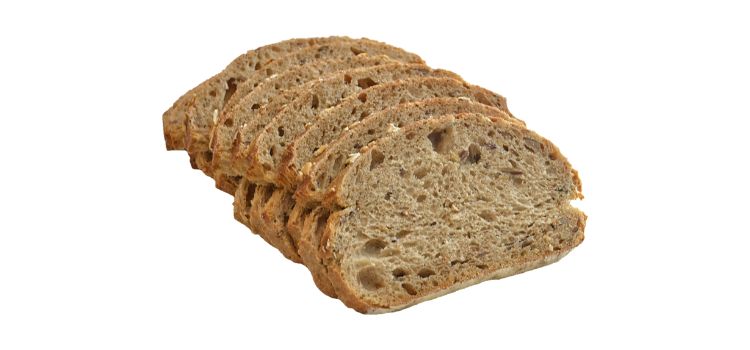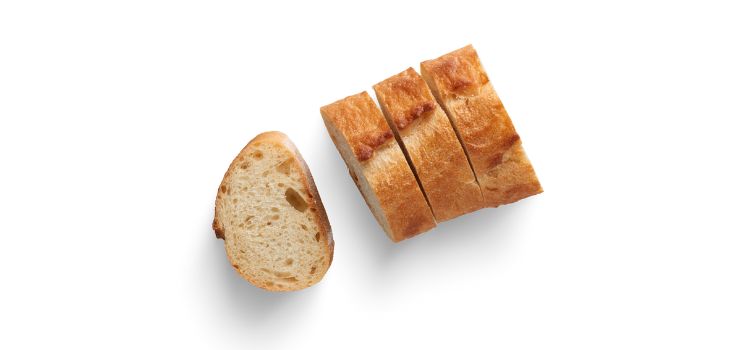As an Amazon Associate, I earn from qualifying purchases

Bread holds a special place in our daily diet, serving as a staple in households worldwide. From hearty whole grains to fluffy white loaves, bread is not just a food but a comfort. However, one of the biggest challenges with bread is keeping it fresh. Bread tends to stale quickly and is a prime candidate for mold growth if not stored properly. This is where vacuum sealing comes into play, offering a reliable method to extend the shelf life of bread while preserving its taste and texture.
Vacuum sealing involves removing air from the storage environment, which significantly reduces oxidation and mold growth, two primary culprits in bread spoilage. By vacuum sealing bread, you can maintain its freshness for longer periods, making it a practical solution for those who buy or bake bread in bulk. This guide will walk you through the process of vacuum sealing bread, ensuring that your loaves stay delicious and mold-free.
Necessary Equipment and Materials
- Vacuum Sealer: The main tool needed; comes in various models from handheld to countertop, each with different features. Choose one that allows control over suction power to avoid crushing delicate loaves.
- Vacuum-Sealing Bags/Rolls: Available in various sizes and materials. Ensure they are compatible with your vacuum sealer and the right size for your bread. Some brands offer reusable options for cost-effectiveness and environmental benefits.
- Optional Materials: Consider using bread boxes or containers to maintain the shape of bread during storage. While not necessary for vacuum sealing, they offer better organization and protection.
Step-by-Step Guide on the Vacuum Sealing Process
- Preparing the Bread: Start by deciding whether to slice, freeze, or leave the bread whole. Slicing the bread before vacuum sealing can make it easier to thaw and use individually without defrosting the entire loaf. If the bread is soft and delicate, it’s wise to pre-freeze it for an hour or two to firm it up and prevent crushing during the vacuum process.
- Choosing the Right Bag Size and Material: Select a bag that fits the bread with enough room to allow for sealing. The material should be durable enough to withstand freezing without tearing.
- Sealing Soft vs. Dense Bread: When sealing soft bread, use a gentle setting on the vacuum sealer to avoid crushing. Dense bread, such as artisan or whole grain, can handle more pressure, but it’s still important to monitor the process to maintain the loaf’s integrity.
- Using Vacuum Sealer Settings Effectively: Familiarize yourself with your vacuum sealer’s settings. Many modern models have specific options for delicate items that reduce the suction force. Use these settings to prevent squishing soft bread.
Tips for Maintaining Bread Quality

To ensure your bread retains its quality after sealing, here are some best practices:
- Freezing Before Sealing: Pre-freeze soft bread to prevent it from being crushed by the vacuum pressure. This step is particularly important for loaves with a lot of air pockets, such as sourdough or focaccia.
- Avoiding Moisture Build-Up: Moisture can affect the bread’s texture and lead to ice crystals. Ensure your bread is completely cooled and dry before sealing.
- Storing Vacuum-Sealed Bread in the Freezer: Place vacuum-sealed bread in the freezer for long-term storage. This not only keeps it fresh but also prevents mold growth. Always store bread at consistent temperatures to avoid freezer burn.
Common Mistakes to Avoid
While vacuum sealing bread is straightforward, avoid these common pitfalls:
- Overpacking Bags: Filling bags too full can prevent a good seal and compress the bread. Leave enough space for the seal and to allow the vacuum process to work effectively.
- Not Pre-Freezing Soft Bread: As mentioned, skipping this step can lead to squashed loaves, especially for soft or airy bread types.
- Incorrect Storage Temperatures: Ensure your freezer is set to the correct temperature to preserve bread quality. Fluctuations can lead to thawing and refreezing, which affects texture.
Conclusion
Vacuum sealing is an excellent way to extend the shelf life of bread, keeping it fresh and tasty for months. By following the proper techniques and avoiding common mistakes, you can enjoy the benefits of this preservation method.
Not only does it reduce waste, but it also ensures that you always have delicious, fresh bread on hand.
FAQ
How do you vacuum seal bread without squishing it?
To vacuum seal bread without squishing, pre-freeze the bread for about an hour to firm it up. Use vacuum sealers with gentle or delicate settings to control suction strength, and ensure the bread is placed in a bag with enough space to avoid compression.
Does vacuum sealing bread prevent mold?
Yes, vacuum sealing significantly reduces mold risk by removing air—the primary factor that supports mold growth. By creating an airtight environment, vacuum sealing deprives mold spores of the oxygen they need to thrive, thus extending the bread’s freshness and shelf life.
How long does sealed bread last?
Vacuum-sealed bread can last up to 2-3 years in the freezer while maintaining its quality. When stored at room temperature, it generally keeps fresh for a few weeks. The vacuum sealing process effectively preserves texture and prevents spoilage far longer compared to traditional storage methods.
As an Amazon Associate, I earn from qualifying purchases